




Disclaimer: Copyright infringement not intended.
|
Alternate Names |
Sahyadri Hills, Sahya Parvatham (Kerala), Nilgiri Malai (Tamil Nadu), Konkan Coast (north), Kanara (central), Malabar Coast (south), Desh (Maharashtra). |
|
UNESCO World Heritage Site |
Recognized as a UNESCO World Heritage Site. |
|
Biodiversity Hotspot |
One of the eight biodiversity hotspots in the world, rich in flora and fauna. |
|
Geological Theories |
1. Block Mountains formed by land sinking into the Arabian Sea. 2. Faulted edge of the Deccan Plateau. |
|
Rocks Found |
Basalt, Charnockites, Granite, Khondalites, Limestone, Iron Ore, Dolerites, Anorthosites, etc. |
|
Geographical Extent |
Extends from Satpura Range in the north to Kanyakumari in the south, covering 1,600 km in length and 140,000 km² in area. |
|
Mountain Range Connections |
Nilgiri range meets Shevaroys and Tirumala ranges, linking the Western Ghats to the Eastern Ghats. |
|
Highest Peak |
Anamudi Peak in Kerala is the highest peak in the Western Ghats and outside the Himalayas. |
|
Famous Hill Stations |
Matheran, Lonavala-Khandala, Mahabaleshwar, Panchgani, Amboli Ghat, Kudremukh, Kodagu. |
|
West Flowing Rivers |
Periyar, Bharathappuzha, Netravati, Sharavathi, Mandovi (fast-flowing, good for hydroelectricity). |
|
East Flowing Rivers |
Godavari, Krishna, Kaveri, Tunga, Bhadra, Bhima, Malaprabha, Hemavathi, Kabini (slower flowing, merge into larger rivers). |
Source: TH
|
PRACTICE QUESTION Q. Which of the following rivers is NOT a west-flowing river in the Western Ghats? a) Periyar b) Bharathappuzha c) Godavari d) Mandovi Answer: c Explanation: The Godavari River is mentioned as an east-flowing river in the Western Ghats, while the Periyar, Bharathappuzha, and Mandovi are west-flowing rivers. |
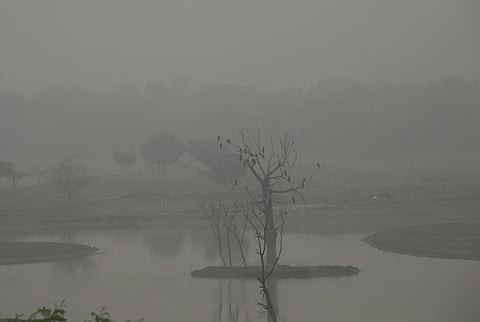

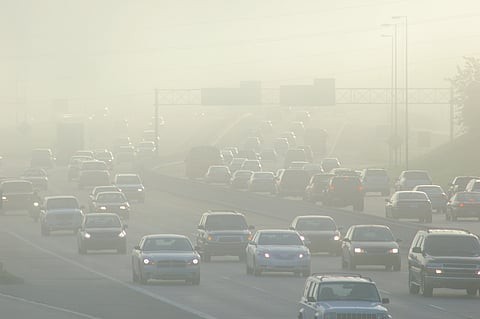
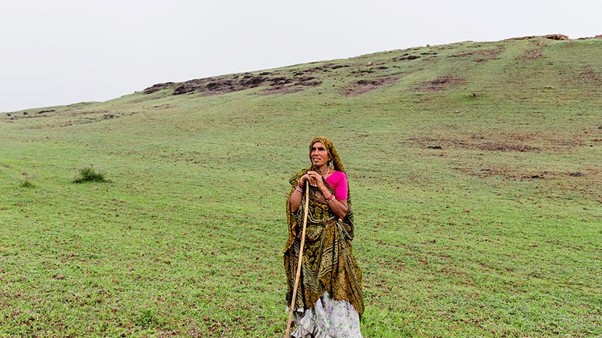
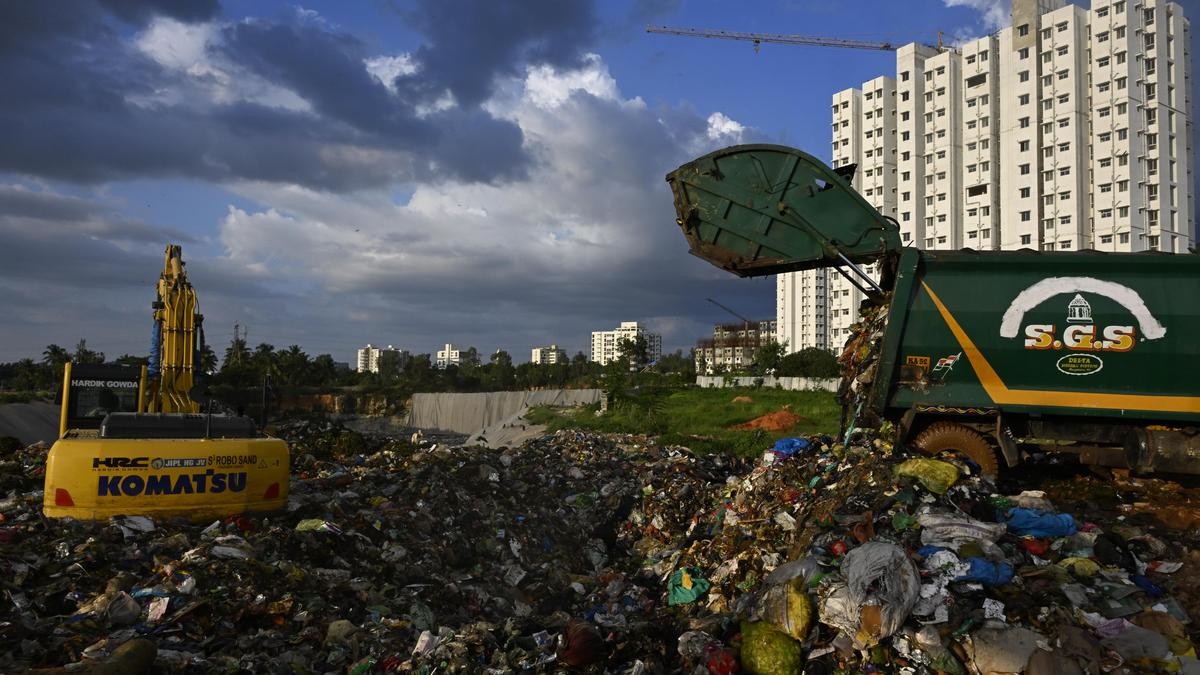
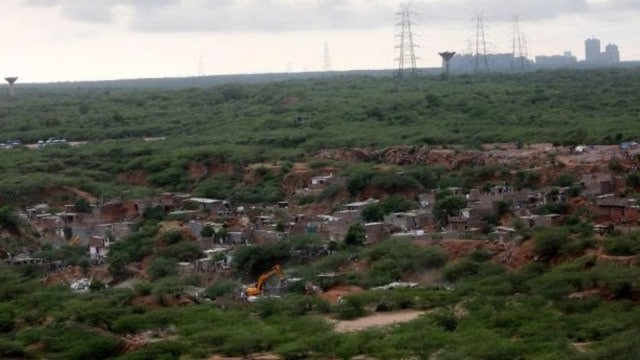

© 2025 iasgyan. All right reserved